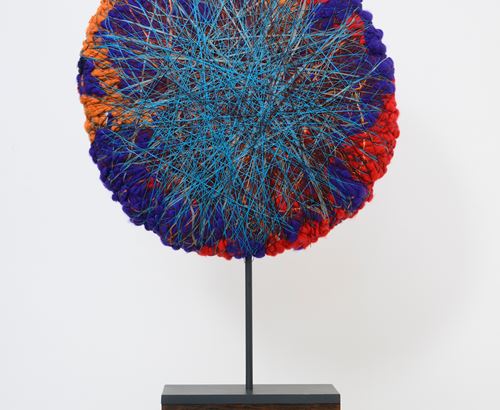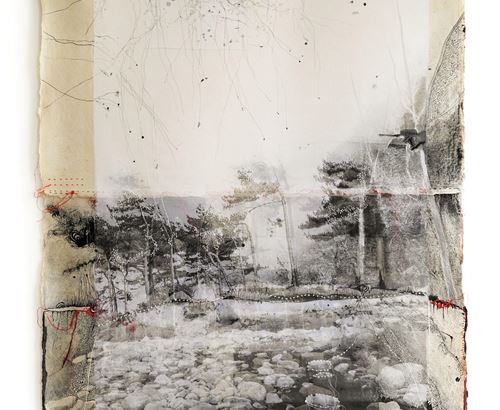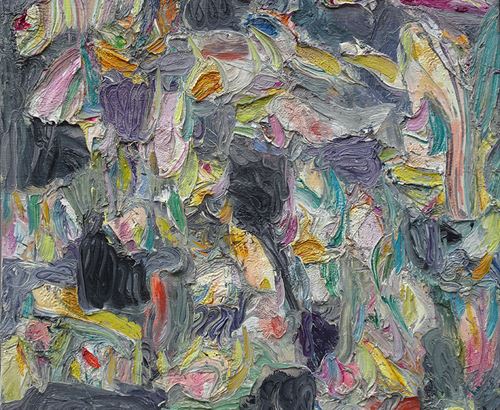Standing Figure
description
A rare Chinese export standing figure probably of African descent
Provenance
Private Collection, France
Literature
'Chinesische Kunst: Veranstaltet vond er Gesellschaft für Ostasiatische Kunst und der Preukischen Akademie der Künste', Exhibition Catalogue, Berlin, 1929, nr.1012
Cohen & Motley 2008
Michael Cohen & William Motley, 'Mandarin and Menagerie: Chinese and Japanese Export Ceramic Figures', London, 2008, p.58 nr. 1.6
E. Gorer & J.F Blacker, 'Chinese Porcelain and Hard Stones; Volume I'. London, 1911, pl.74
Monika Kopplin (et al), 'Schwarz Porcelain: Die Leidenschaft für Lack und ihre Wirkung auf das europäische Porzellan, Exhibition Catalogue Museum für Lakkunst', Munster, 2004, p.61-69 (fig. 3)
'China Without Dragons Rare Pieces from Oriental Ceramic Society Members', Exhibition catalogue OCS, London, 2016, nr.39
Esther Schreuder, 'Cupido & Sideron – Twee Moren aan het Hof van Oranje', Amsterdam , 2017
Dirk Syndram, 'Renaissance and Baroque Treasury Art – The Green Vault in Dresden', Catalogue Staatliche Kunstsammlung Dresden Grünes Gewölbe, Munchen/ Berlin, 2005, p. 88 & 89
Dirk Syndram, Jutta Kappel & Ulrike Weinhold, 'The Baroque Treasury Art at the Grünes Gewölbe Dresden' Dresden, Catalogue Staatliche Kunstsammlung Dresden, Munchen/ Berlin, 2006, p. 132 & 133
Friederike Ulrichs, 'Die Ostasiatische Porzellansammlung der Wittelsbacher – in der Residenz München', Bayerische Schlösserverwaltung, Munich 2005, p.26
Detail Description
A very rare enamel on biscuit porcelain standing figure; the arms, legs and upper body decorated in aubergine-brown enamels with black details. He wears a contrasting three-tiered skirt, decorated in bright famille verte enamels with a strong blue enamel and edged in red and gold bands. He stands barefoot and bare-chested, with his left hand on his hip and the right holding a yellow cornucopia. The laughing face has an open mouth and eyes, black eyebrows and a gold star on his forehead. The earlobes are pierced, for the addition of bejeweled earrings. He dons a thin gold hairband, holding back black enameled hair in swirls – similar to that seen on Chinese Buddhist figures. He wears beaded bracelets, bangles around the ankles and a gold collar around the neck.. The gold orde-sash across the body, has a central beribboned insignia.
This figure, undoubtably made as a special private order, is likely to have been based on illustrations. It is recorded that dark skinned Africans were in China during the Tang Dynasty (618-907), but by the Kangxi period they are rarely mentioned. A direct inspiration source for this figure has yet to be found, but we do know that European prints and drawings were often used as design inspiration by the Chinese potters. Perhaps even a mixture of images were used, including those of American Indians wearing feather skirts – like those representing the American continent on early maps. The attributes he carries such as the cornucopia and the sash, are of course distinctly European.
Dark skinned figures were regularly portrayed in the decorative arts in the 17th, 18th and 19th centuries. Some of the finest examples, made around the same time as the present figure, are in the collection of the Green Vaults in Dresden. Figures created by Balthasar Permoser and the goldsmith Melchior Dinglinger, also wear feathery skirts, illustrations of which were perhaps a source for this figures’ curious attire.
One comparable figure, previously in the S.E. Kennedy Collection, is now in the Lady Lever Collection, Liverpool (acc. nr.LL6131). The National Maritime Museum (Het Scheepvaart Museum), Amsterdam also has a similar figure in their collection (object no. 2018.0652). The Residenzmuseum, Munich, has two similar figures mounted as a clock and dated c.1730.

contact
Vanderven Oriental Art
5211 LE 's-Hertogenbosch
Netherlands
T +31 73 6146 251
floris@vanderven.com
www.vanderven.com/

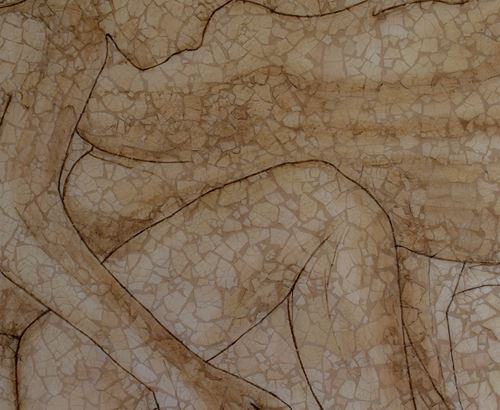
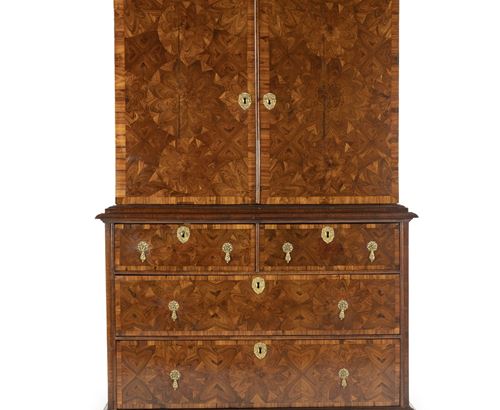
2023_JasperKrabbé_T638336441586788162.jpg?width=500&height=410&mode=crop&format=jpg&scale=both&qlt=80)
